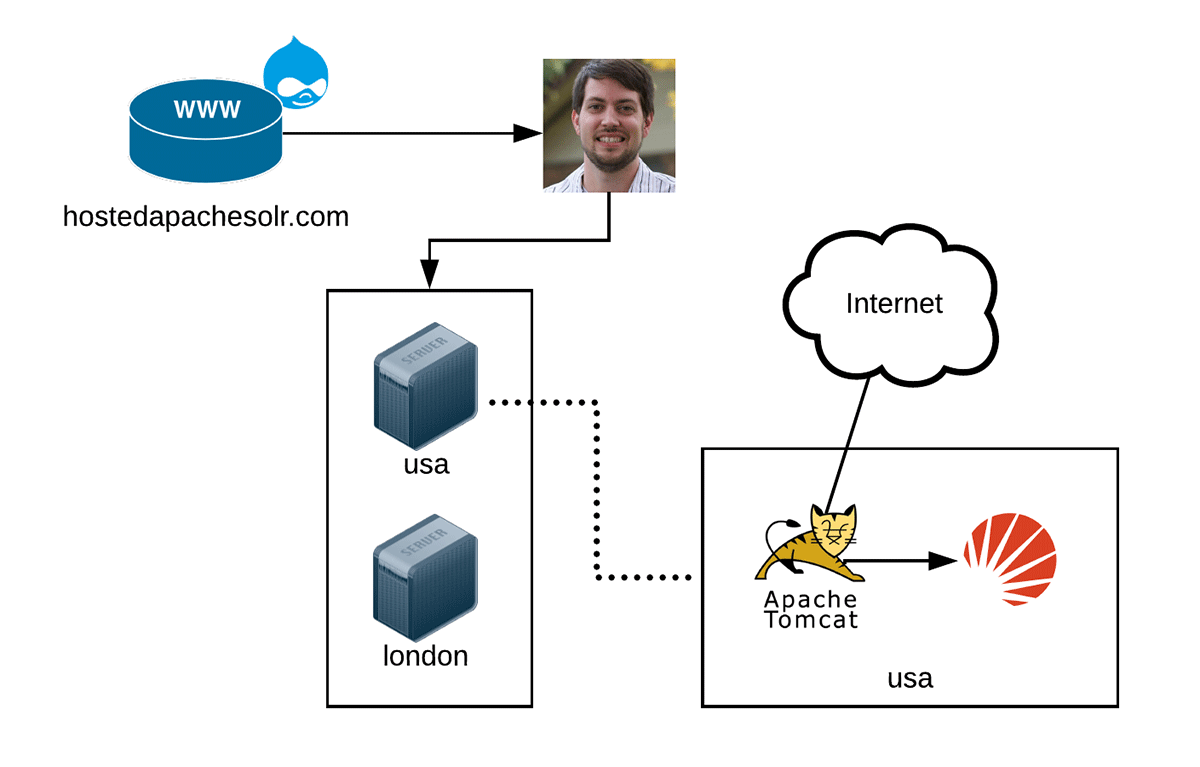Getting RISC-V (again): Milk-V's Mars CM

tl;dr: No, it's not a replacement for a Raspberry Pi Compute Module 4. But yes, it's an exciting tiny RISC-V board that could be just the ticket for more RISC-V projects, tapping into the diverse ecosystem of existing Compute Module 4 boards.
This tiny computer is the Mars CM. It's the exact same size and shape as the Raspberry Pi Compute Module 4. It should be a drop-in replacement. And on its box it says it supports 4K, Bluetooth and WiFi, and has gigabit Ethernet. It's also supposed to have PCI Express!





